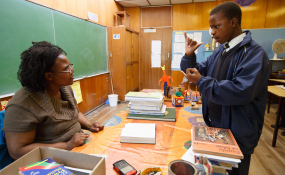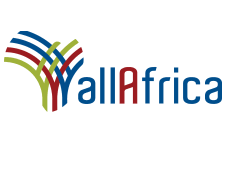Uganda: Sign Language App Will Ease Communication


The Uganda National association of the Deaf last week launched a mobile application to ease communication for people with hearing impairment.
The Shs400 million App – dubbed UGsign Mobile – was developed in partnership with SPIDER, a Swedish programme for ICT in developing regions, to make learning of sign language accessible via digital platforms.
The development of this App is a commendable initiative. For a long time, Persons With Disabilities in general and those with visual impairment in particular, have complained about exclusion from accessing facilities and services ranging from education, social life, health services, to employment. This App, which contains sign language interpretations for all English words, will break barriers.
For instance, in schools, pupils with hearing impairment find it difficult to learn because most schools lack teachers who are conversant with sign language. Ideally, all schools should have teachers equipped with skills on how to identify and help pupils and students with hearing impairments.
In 2014, for instance, pupils of Ngora School for the Deaf went on strike saying some teachers were not providing them with adequate sign language lessons and are harsh to those with serious hearing impairment.
Similarly, health facilities do not employ sign language interpreters, which makes it almost impossible for healthcare givers to attend to those with hearing impairment who may not have an interpreter at hand. The same scenario plays out at work places and even homes because there is no deliberate effort by the government to promote sign language.
People with hearing impairment also have limited access to television because few TV stations in Uganda provide sign language interpretations in their programming.
Yet Section 21 of the Persons with Disability Act 2006 requires owners of television stations to provide sign language or a signer at least once in one of the station’s major newscasts every day.
The UGsign Mobile, if fully adopted, will address most of the challenges facing those with hearing impairment because it is user-friendly.
When a user types a word, a sign appears which makes it easy to communicate. The App also has different categories of signs – basic, which involves everyday signs such as greetings; education setting; and health sign which helps in communication with health workers.
Even at family level, those with hearing impairment are often left out of planning and decision making because communication with them is limited. This App and similar learning tools should be developed and made easily accessible to ensure all Ugandans have equal access to education, health and employment.